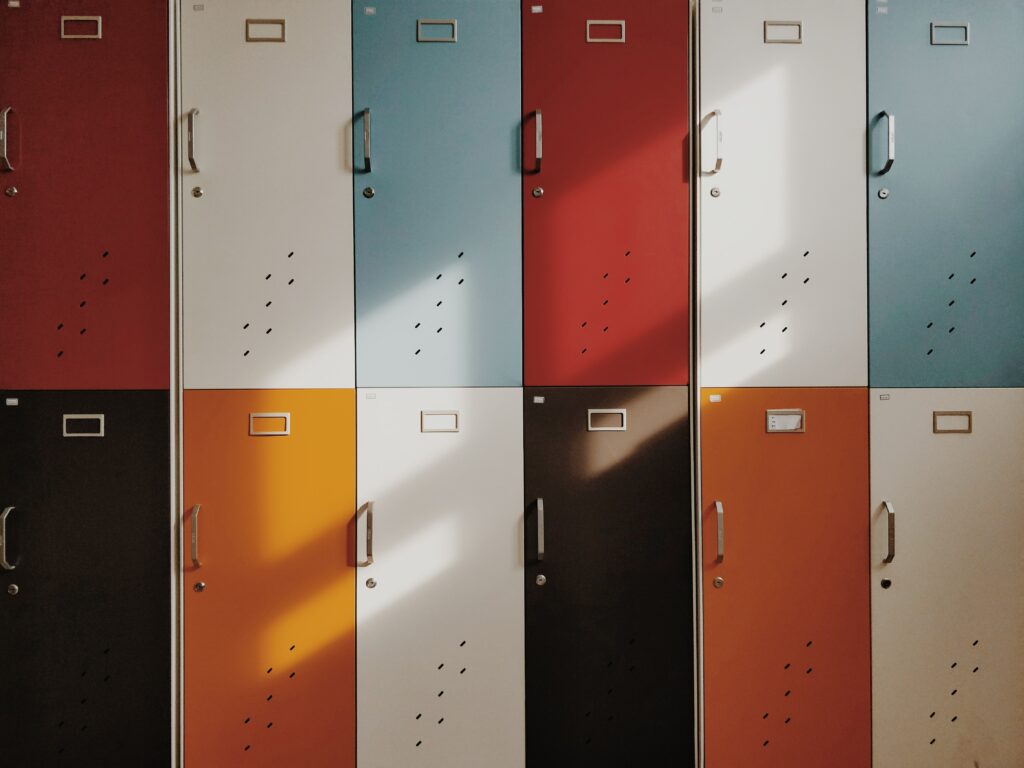This week I am approaching the end of my blended learning course, which is leaving me with mixed feelings. I have really enjoyed taking the course, so I am sad that it is coming to an end (although I can now go through the updated material). On the other hand, the course makes me want to get out in a classroom and start teaching with all these new resources and strategies that I have acquired. This week’s module provided some lesson plans/activities that would allow for blended learning in grades K-3, and it was FULL of amazing activities and resources.

The module included six lesson plans for various subjects in K-3. Each lesson came with a Word Doc that had all of the activities laid out, which you could also edit it. The each lesson plan (activity plan as the module calls it) is broken down into six parts. The first three parts are: getting started, the activity, and wrap up and assessment. These three sections are what you would take if you wanted to implement the activity in your own classroom. It gives you a starting point to open the lesson and get students engaged. Then “the activity” section is where the bulk of the lesson would take place. Discussions are happening, students are watching videos, reading, and completing tasks. Then the lesson is wrapped up with the final section. This is where teachers can find ideas on how to assess their students based on the lesson activities. There are formative and summative assessments. The last three sections of the lesson plan are make it virtual, cross-curricular connections, and extensions. In these sections, teachers can find suggestions on how to do the lesson or parts of the lesson virtually. They can also see how to connect the lesson to other curricular outcomes. Finally, there are extra resources that teachers can use to extend the lesson and do more with it.
Since I am currently working in a Kindergarten class, I thought I would share one of the Kindergarten lessons including some of the links provided and what my opinions are on the lesson.
The lesson is called “Patterns are Everywhere” and is math lesson for Kindergarten. The activity plan does connect back to the big idea, curricular competencies, and content sections of the BC Curriculum. Then it includes a “big question” that will be answered in the lesson. For this lesson, the big question is “what is a pattern?” To start the lesson the teacher is instructed to read a picture book that talks about patterns. Some suggestions are Beep Beep, Vroom Vroom! By Stuart J. Murphy or Pattern Fish by Trudy Harris. In the body of the lesson students start by looking around the classroom to see if they can find patterns on the walls or floor. In a Kindergarten classroom this should be easy to do (especially if they have a big carpet for carpet time), but the teacher should also make sure that there are identifiable patterns throughout the room. Maybe some posters on the wall or some decorations. After the class shares the patterns they’ve found, there are two pattern videos on predicting the next part of a pattern (create your free account on Open School BC to access the links).

The big activity in this lesson is a station rotation! Station rotations are one of my favourite blended learning and student centered learning tools that I have come across in this course. The lesson plan suggests four stations, but you can always add more or less if you need. Station one is a bracelet/necklace station where students use string and beads or cereal to create their own pattern on a necklace or bracelet. I love this station because the students get to be creative and make something that they can give to a parent or a friend (or keep for themselves). The final product can also be great for a quick assessment. Station two is virtual manipulatives. In this station students can use tablets or computers to make their own patterns using technology. I have linked the virtual manipulatives at the bottom of this post. These virtual manipulatives can also be sent home to parents for some extra pattern practice at home. Station three is teacher time. Here the students work with the teacher to make patterns with manipulatives found in nature (rocks, cones, leaves) and read the book Raven Makes a Necklace. The book is from Strong Nations Publishing in Nanaimo, BC. They have a ton of great educational materials for purchase. This station is where you can pull in your connections to Indigenous content and talk about patterns in nature. Station four is a worksheet station where students can work on finishing a pattern and practice putting patterns on paper. This is another station where assessment can take place.
Overall, I think this lesson is relatively simple and probably the typical lesson on patterns that teachers would think of. However, I love this lesson because it really captures what blended learning could look like in a Kindergarten classroom. Of course there is a resources factor with getting materials to make necklaces or accessing computers and tablets. But those two stations can be swapped out with drawing necklaces on paper or creating patterns using real manipulatives. I also really appreciate that the lesson pulls in Indigenous content authentically from a reliable, local source.
For more lesson plans, head over the Open School BC’s Blended Learning course! Stay tuned for next week as we look at lesson plans for grades 4-7.
Virtual Math Manipulatives:


Leave a Reply
You must be logged in to post a comment.